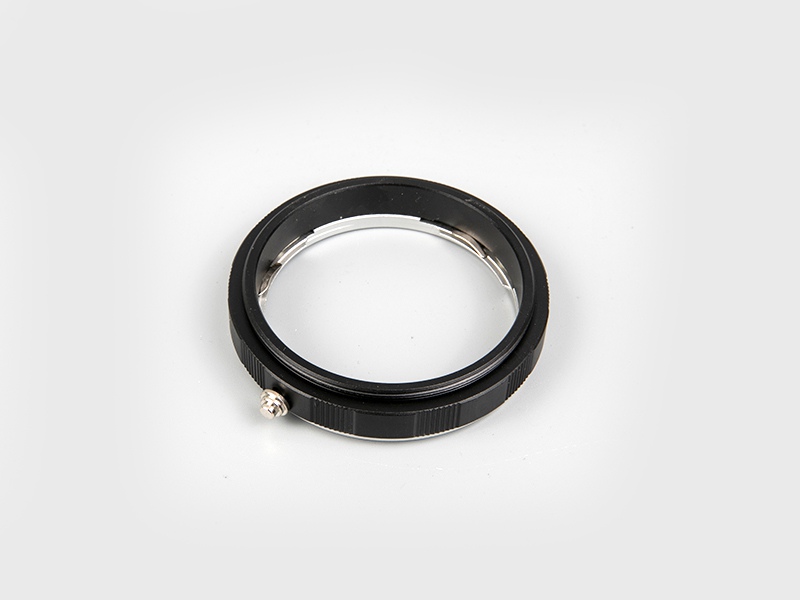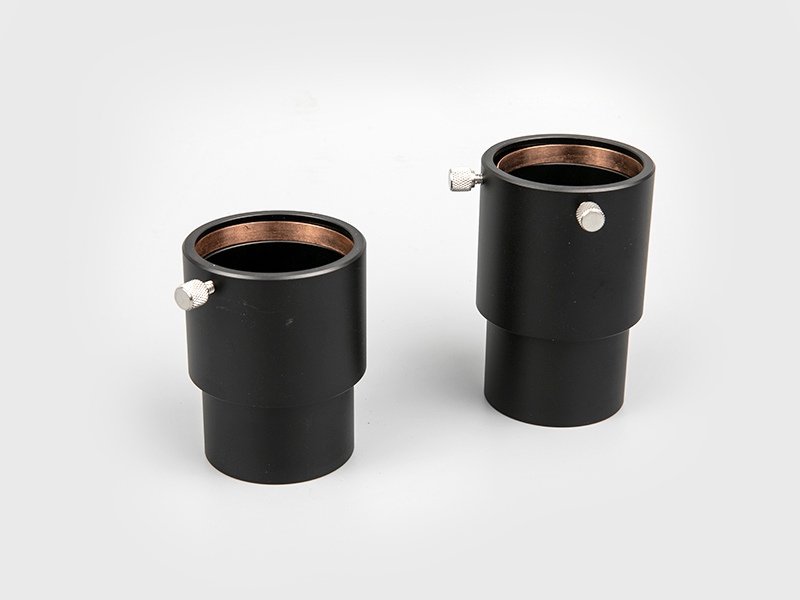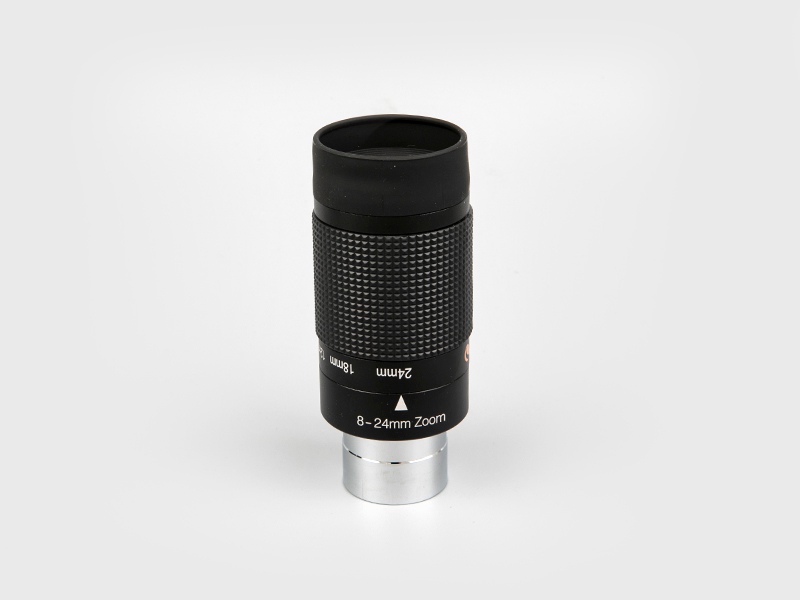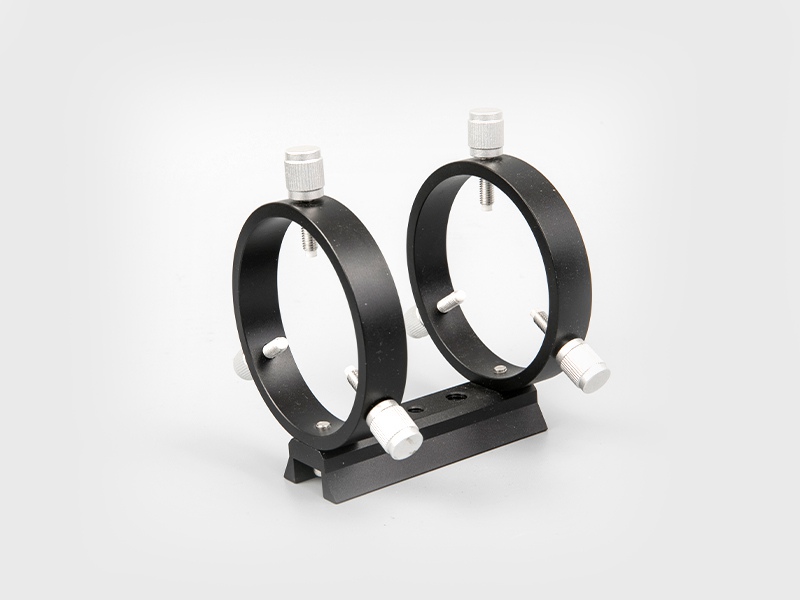Types of Binoculars (Porro Prism vs Roof Prism)
Binoculars can be divided into two categories: Porro Prism and Roof Prism. The general type has a simple structure and higher light transmittance than the roof type of the same level. Due to the wider distance of the objective lens, the image is more three-dimensional; and because of the lower process requirements, the price is generally cheaper. The ridge type is relatively complex in structure, requires higher precision, is difficult to develop, and has higher cost and price; the two sets of prisms are in a straight line to make it thinner, feel better, and have better sealing performance. short.
Telescopes can generally be divided into the following four types:
hand-held binoculars;
Monocular bird watching mirror;
giant binoculars;
monocular astronomical telescope;
When choosing a telescope, don't be superstitious about advertisements or indicators. Please use your eyes to compare and choose.
Optical properties
1. Magnification (should be between 8 times and 10 times)
The telescopes are marked with the words 10 x 42, 8 x 32, etc. The former represents the magnification and the latter represents the diameter of the objective lens. Using a 10x telescope to see a bird standing at 100 meters is as close as it is to the naked eye at 10 meters. Because the magnification is too large, the viewing angle is smaller, it is more difficult to search for the target, and it is easier to affect the clarity due to trembling of the hands. When the light is very sufficient, 10 times is clearer than 8 times; when the light is insufficient, 8 times can see the details better than 10 times, so high magnification should not be blindly pursued.
2. Diameter (preferably between 28mm and 42mm)
The larger the aperture, the better. The diameter of the objective lens affects the amount of light entering. Especially in the case of strong contrast between light and dark, morning and dusk, and cloudy conditions, the larger the aperture, the higher the amount of incoming light, and the eyes can see more details; but at the same time, the heavier the telescope, the more likely to cause fatigue when watching for a long time. It is advisable to choose a larger diameter according to individual physical fitness.
3. Field of view (bigger is better)
The field of view refers to the range that can be seen from 1000 meters, and the width of the field of view should be higher than 104 meters or 6 degrees. The larger the field of view, the faster and easier it is to find the target. However, the larger the field of view, the more serious the distortion and blurring of the edges, the more complicated and difficult the correction of aberrations, and the higher the required technology and cost.
Now, major international brands have been investing a lot of energy in expanding the field of view of telescopes. Especially with the rise of mini portable telescopes in the telescope market, users are looking for small size and a large field of view. The traditional mini telescope 10X25 has a small aperture and unreasonable traditional design, resulting in a very small field of view. In the process of expanding the field of view of the mini telescope, the most successful one is the Doctor's Trophy 8X32. With its ultra-small size, large field of view, and ultra-clear, it has won the recognition of global mini-telescope customers. Telescope sales champion. The size of this telescope is 8X32, the volume is only the size of a palm, the weight is 400G, and the field of view has reached the field of view of the traditional 7X50 telescope. At the same time, it uses ultra-high-definition lenses and coatings. It is called a revolutionary product by the industry. The picture below is the Doctor's trophy 8X32.
4. Color Fidelity (the more natural the better)
High-quality telescopes must faithfully reflect the primary colors and color saturation of the scene. In order to increase the brightness of the telescope, some manufacturers deliberately increase or decrease a certain light wave, which leads to distortion and makes the scene appear bluish or reddish.
The relationship between light transmittance and coating is inseparable and directly affects color fidelity. All optical glass has high light transmittance and multi-layer coating on the whole surface, with high brightness and accurate color reproduction. Generally, manufacturers will not publish all the data (it is difficult to do so), and some manufacturers will publish the light transmittance or coating of local optical glass to mislead consumers.
The best way is to observe and compare with your own eyes.

 English
English 日本語
日本語 Deutsche
Deutsche España
España








